
Zoos, first established as private collections by the wealthy to display power, have evolved into places where people come to not only see animals that they would never get to view otherwise, but as a way to educate the public and for species conservation.
Today, it’s estimated that there are over 2,800 zoos and aquariums around the world, including more than 355 in the United States.
Even though the concept of keeping animals in captivity for human entertainment has been getting more and more controversial, many zoos in the country are accredited by independent organizations and have adopted policies to benefit the animals and to preserve their natural way of life as much as possible.
Many go beyond what we may think of as the traditional zoo to include safari parks, reserves, animal sanctuaries and places where animals are rehabilitated and can live in a naturalistic habitat. Some focus on housing animals that are endangered or nearly extinct, largely because people are putting them in danger — these are the animals humans are driving to extinction.
Click here to see the best zoos in America
Methodology
To identify the 20 best zoos in the United States, 24/7 looked a total of 272 zoos, all of which were within the zoo category on Yelp in or near the top 1,000 U.S. cities by population. Only zoos with at least 50 Yelp reviews were considered. The ranking is based on the average rating and number of reviews. Establishments that were only petting zoos, public parks, or were being investigated for animal abuse were excluded.
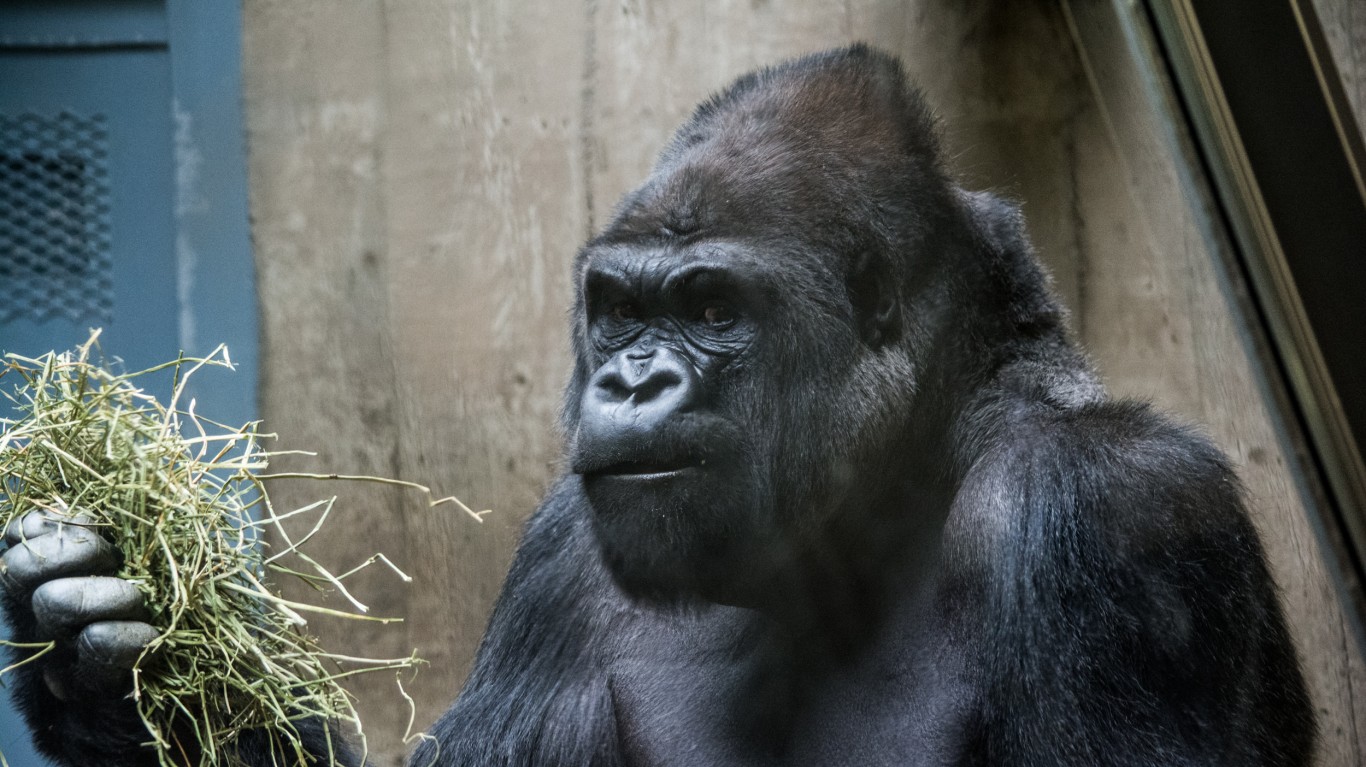
20. Cleveland Metroparks Zoo
> Location: Cleveland, Ohio
Known for one of the largest collections of primates in the United States, the Cleveland Metroparks Zoo is part of 23,000 acres of parkland that also has 300 miles of trails, eight golf courses and eight lakefront parks. Another zoo attraction is its two-story rainforest exhibit, which visitors can enjoy even in the cooler weather, along with a convenient heated tram to transport them. There are seven main exhibits, with more than 3,000 animals representing over 600 different species. These exhibits include a five-acre elephant crossing, an eight-acre Australian habitat, an African savannah and more.
[in-text-ad]
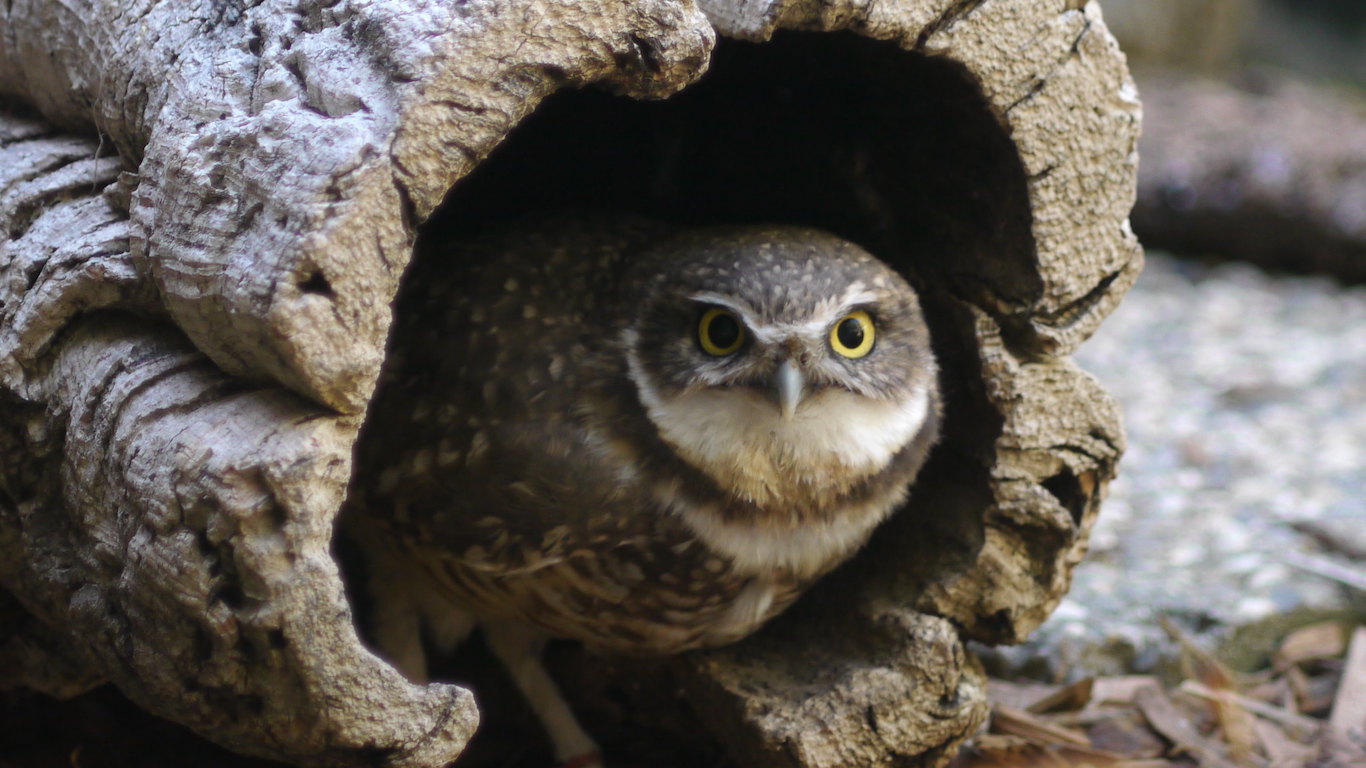
19. CuriOdyssey
> Location: San Mateo, California
More than just a zoo, this science playground, located in San Mateo, just south of San Francisco, allows kids to get up close to wild animals and experiment with science through exhibits. Visitors can experience live, non-releasable animals native to California at CuriOdyssey’s home in the Coyote Point Recreation Area. There are nearly 100 of these animals, most of them from rehabilitation facilities because they could not survive in the wild. The museum also features interactive exhibits and hands-on science and art programs.
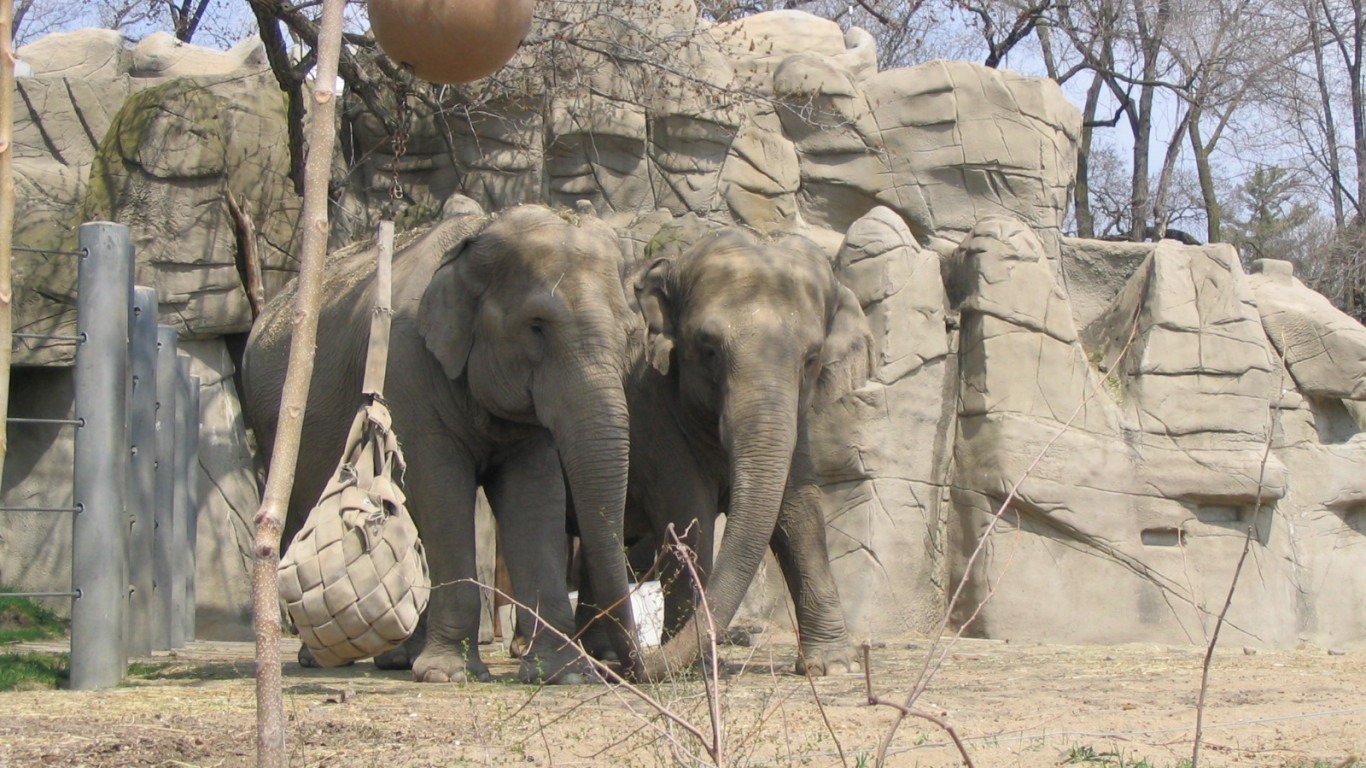
18. Detroit Zoo
> Location: Royal Oak, Michigan
The Detroit Zoo is located on 125 acres, many of which are naturalistic habitats. There are more than 2,000 mammals, birds, reptiles, amphibians and invertebrates representing at least 240 different species, and major exhibits that include: the Arctic Ring of Life, Australian Outback Adventure, Great Apes of Harambee, National Amphibian Conservation Center, Holden Reptile Conservation Center, Penguinarium, and Butterfly Garden. Beyond these exhibits, the zoo hosts exciting events throughout the year for its visitors. One of the most popular events, Wild Lights at the Detroit Zoo, takes place around Christmas, when the entire zoo is lit up for the holidays. Zoo Brew features craft beer, live music and zookeeper talks, and Run Wild for the Detroit Zoo, a 5K and 10K, raises money for animals at the zoo and Belle Isle Nature Center.

17. Santa Barbara Zoo
> Location: Santa Barbara, California
Home to more than 500 animals, including 146 species, this 30-acre park features an open, naturalistic habitat overlooking the Pacific Ocean and San Ynez Mountains. Animals include penguins, an Asian elephant, gorilla, leopards, and native California condors. Though small (the zoo can be seen in about two hours), it’s been described as a charming, beautiful and must-see attraction in the area. Features include the giraffe feeding, a 26-foot rock climbing wall, the Zoo Train and the Ridley-Tree Animal Kitchen, where visitors can observe the animal’s food-prep process.
[in-text-ad-2]
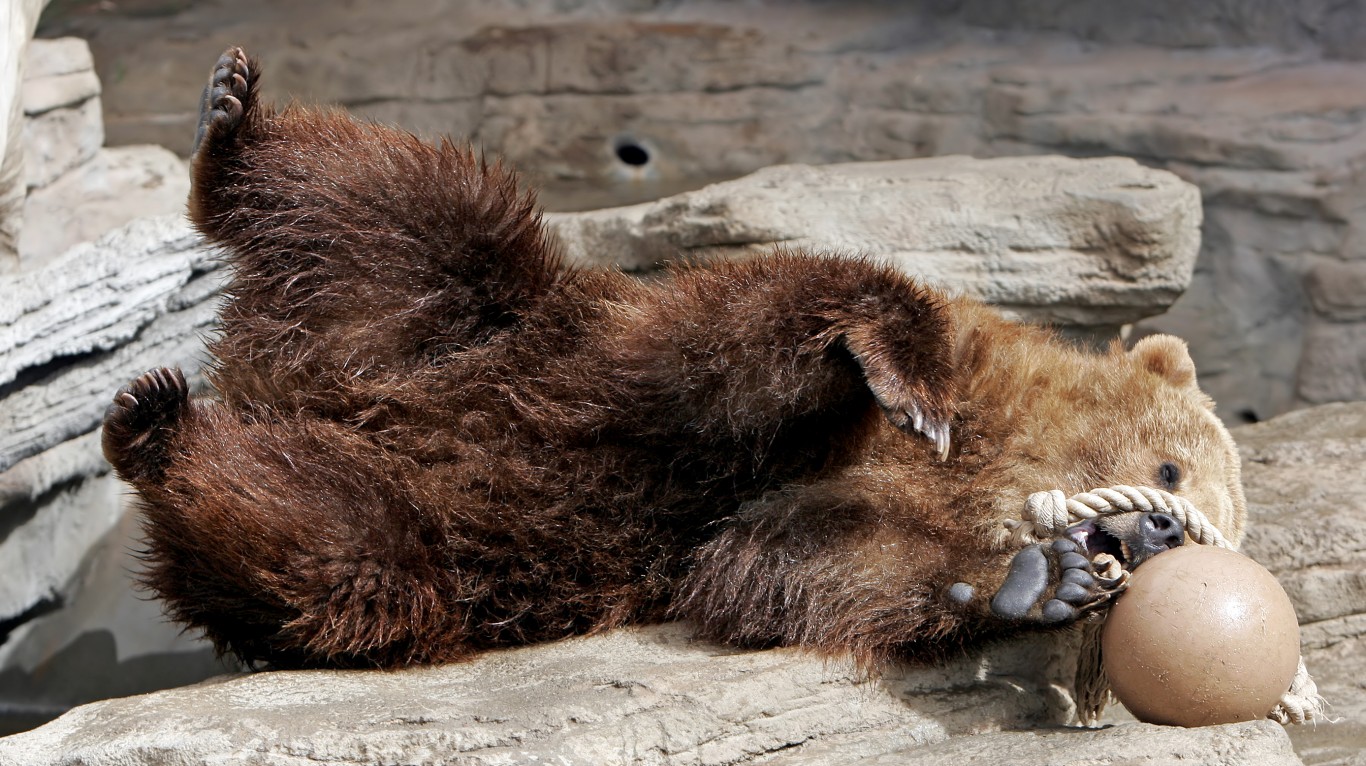
16. Denver Zoo
> Location: Denver, Colorado
The idea of a zoo in Denver began more than a century ago when the city’s mayor received a black bear cub as a gift and it went to live at City Park. Today the zoo is home to more than 4,300 animals representing over 600 species. Still located in the 80-acre City Park, the zoo is one of the greenest in America thanks to its sustainability efforts. Attractions include a Conservation Carousel that features hand-carved wooden replicas of some of its animals, including giraffes, okapi and a baby gorilla; a Zoo Railroad and 4D Theater.
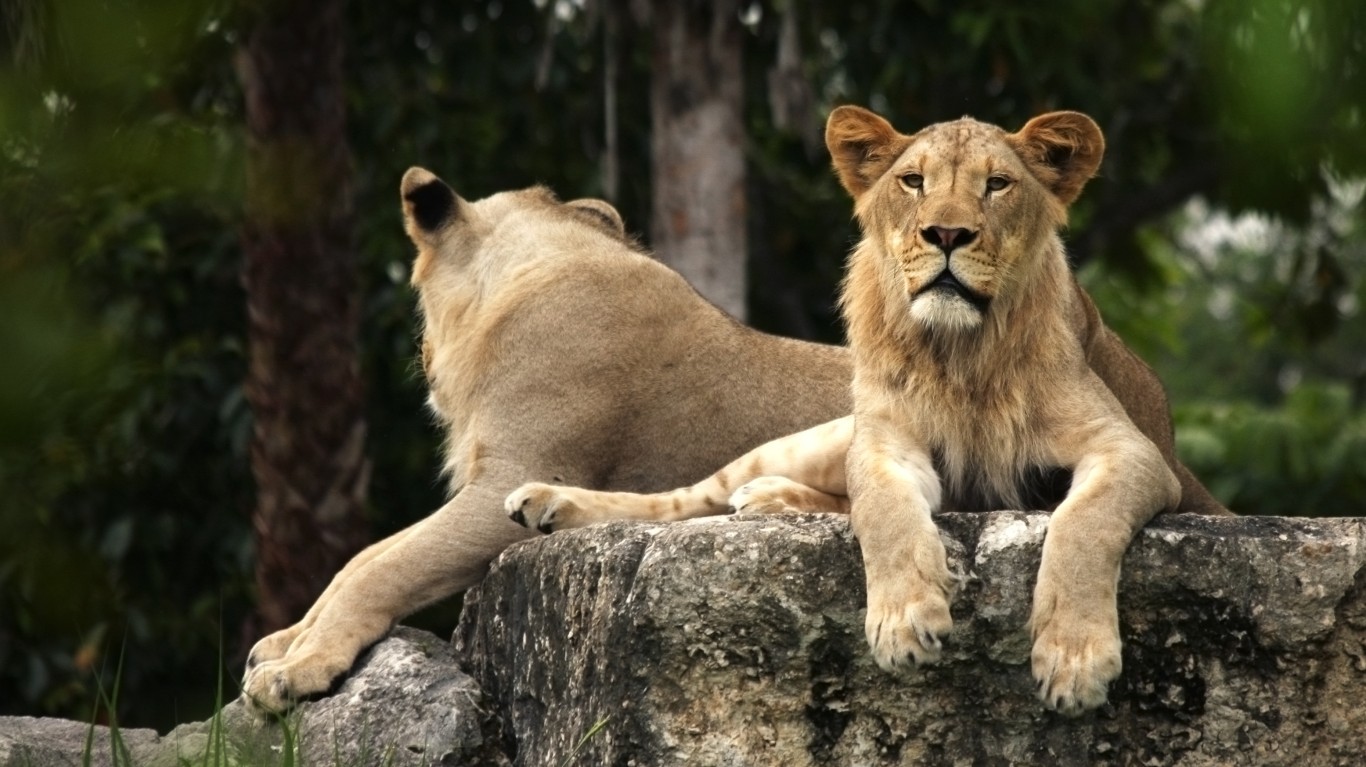
15. Zoo Miami
> Location: Miami, Florida
Also known as the Miami-Dade Zoological Park and Gardens, Zoo Miami is both the largest and oldest zoological garden in Florida. The only sub-tropical zoo in the continental United States, the climate of South Florida allows the zoo to house a large variety of animals from Asia, Australia and Africa, making it unique in America. There are more than 3,000 animals representing over 500 different species on 750 acres. It also has over 1,000 species of trees, palms and other plants.
[in-text-ad]
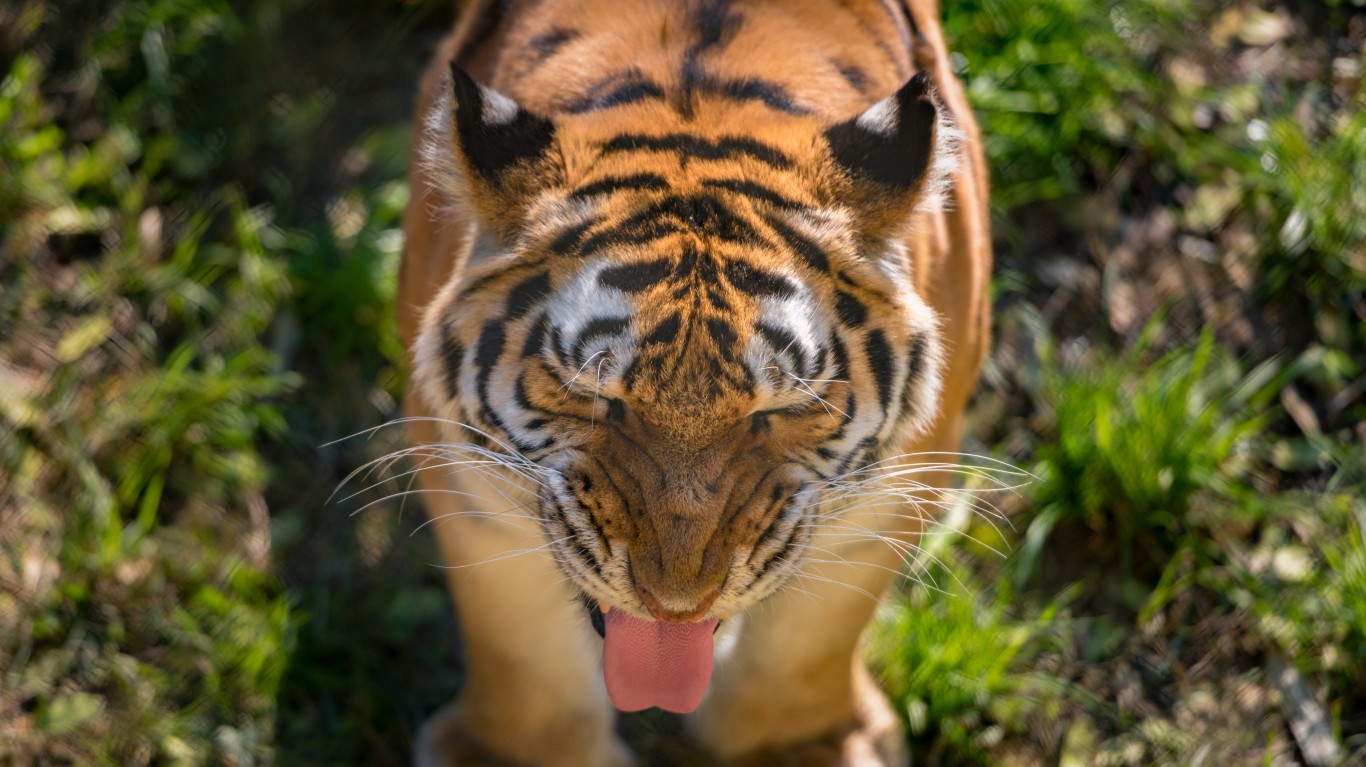
14. Oakland Zoo
> Location: Oakland, California
Home to over 700 animals, both native and exotic, visitors can explore the Oakland Zoo geographically through the ecosystems of the animals’ native habitats. The zoo is located in the 525-acre Knowland Park, and features beautiful views of the Bay Area and plenty of fun activities for kids — from a butterfly garden to rides. These rides include a roller coaster, endangered species carousel, and train. A new feature, the gondola, takes visitors up a hill to new animal habitats, a children’s play area, a cafe, and the great views. All part of the California Trail project, the zoo highlights how the role of humans has shaped the ecology of the local area.
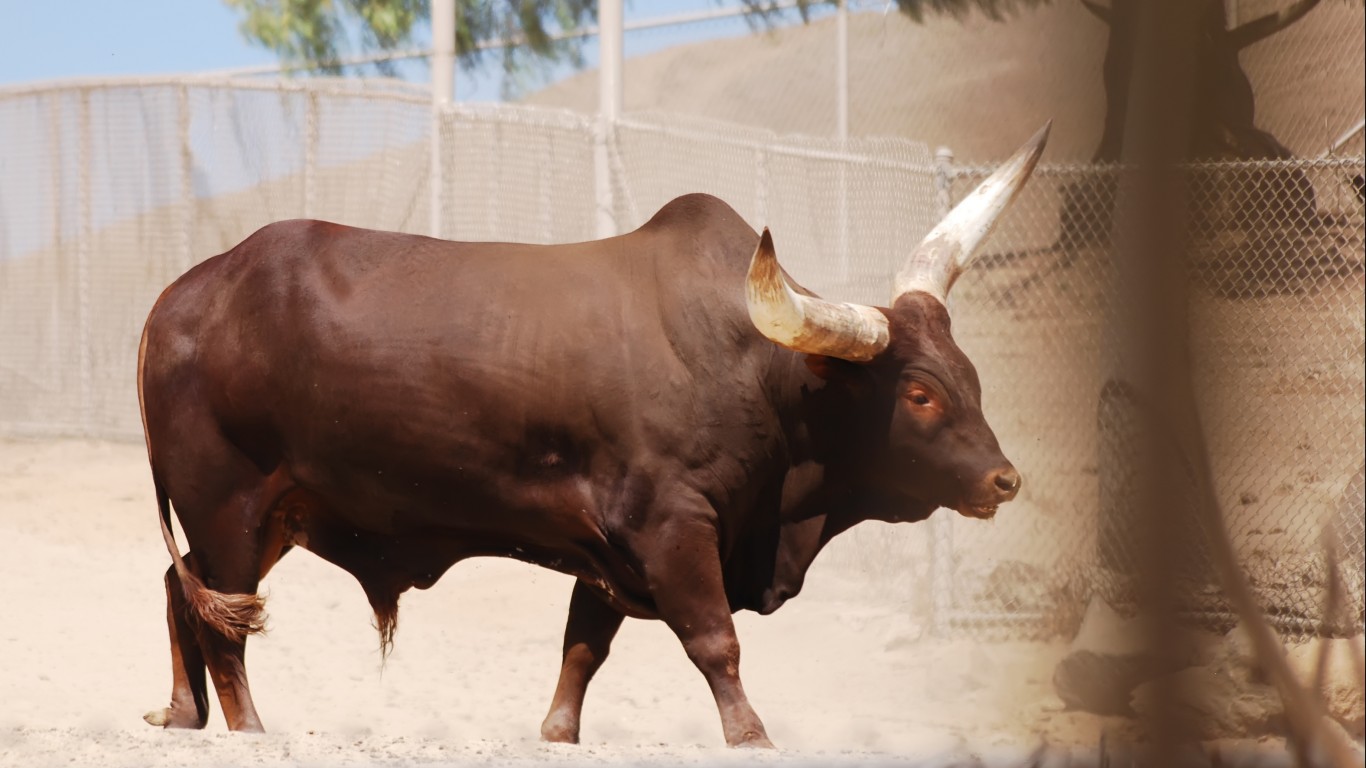
13. San Diego Zoo Safari Park
> Location: Escondido, California
Promising “an active, hands-on safari experience,” the San Diego Zoo Safari Park allows visitors to experience animals roaming around in their natural habitats. The nonprofit wildlife sanctuary features over 3,000 animals representing more than 300 species across 1,800 acres. Over half of the park’s land is set aside as protected native species habitat. Visitors can choose from several different safari adventures at the park, from a caravan truck to a zip line, or a jungle ropes safari to an overnight option. The Safari Park, along with the San Diego Zoo, also just premiered its own reality TV program on Animal Planet this summer, called “The Zoo: San Diego,” which promises to give a behind-the-scenes look at the facilities.
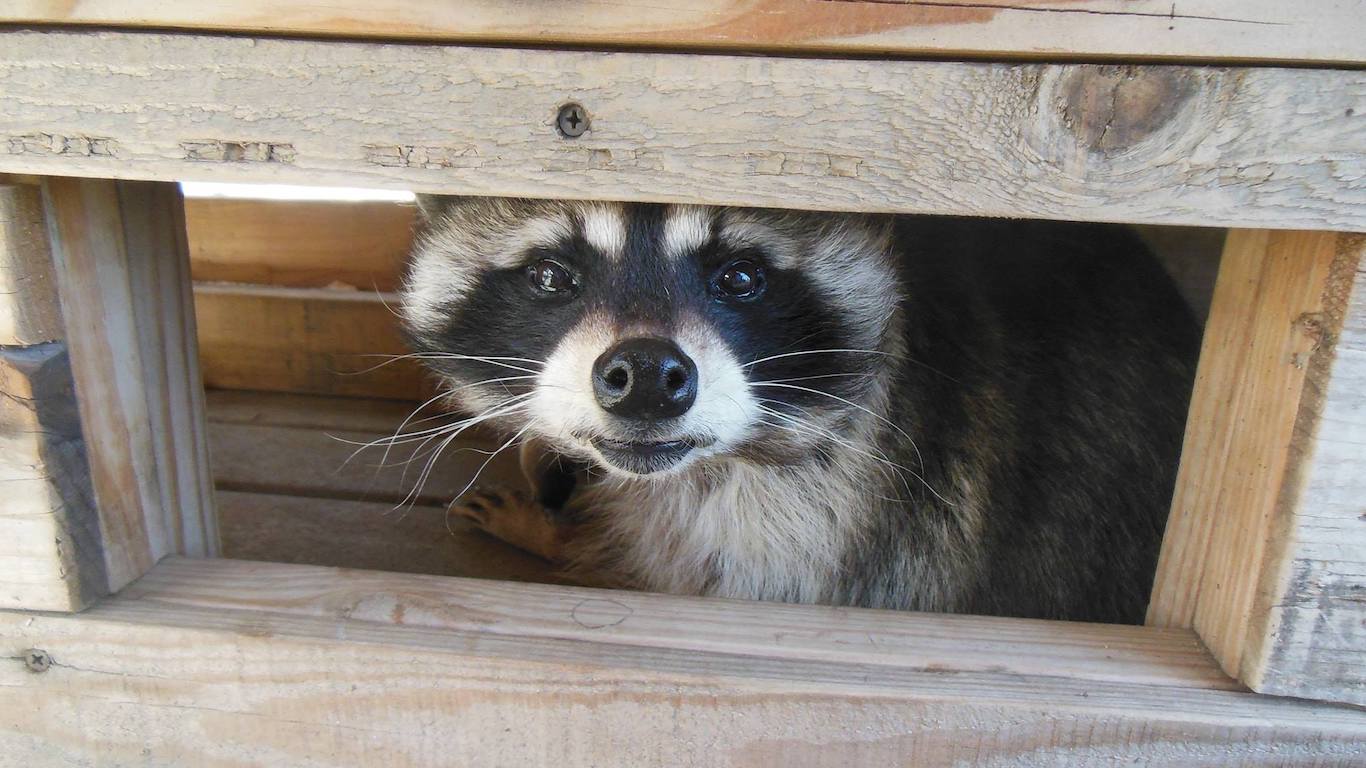
12. Wildhaven Ranch
> Location: Cedar Glen, California
This nonprofit wildlife sanctuary and education and visitation center is operated by the San Bernardino Mountains Wildlife Society to help endangered and indigenous wild animals in the local mountains. Only open to the public with a reservation, the Wildhaven Ranch offers several programs and private tours. These include a Wings N’ Things tour where visitors can have an “up close and personal” experience with magnificent birds of prey such as eagles, hawks, falcons, owls and raptors as well as native snakes; a Bear Watch tour; and a Paws N’ Claws tour with indigenous mammals such as bobcat, raccoon, fox, coyote, deer, and bear.
[in-text-ad-2]
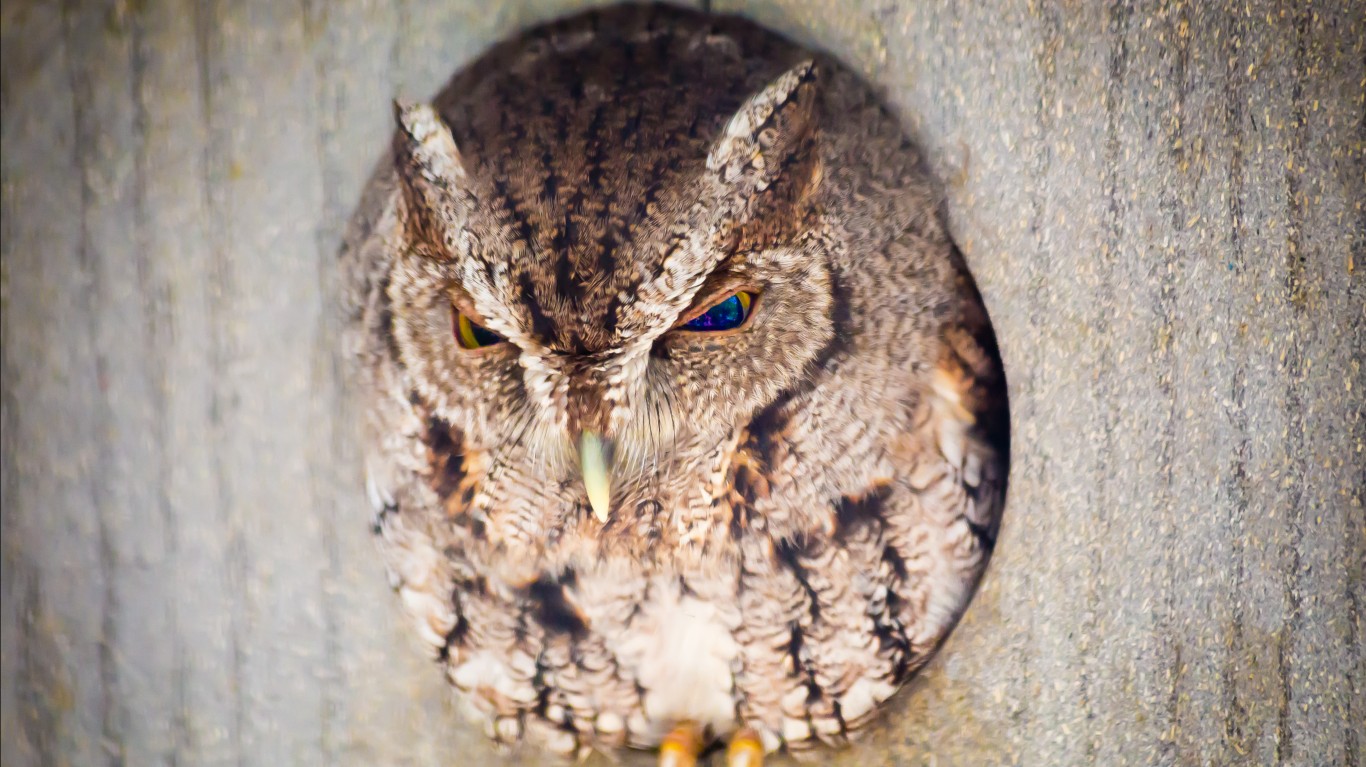
11. Busch Wildlife Sanctuary
> Location: Jupiter, Florida
A non-profit organization, the Busch Wildlife Sanctuary, located in Jupiter, Florida, offers both educational opportunities and rescue and rehabilitative services for animals. This combination of learning center and wildlife hospital allows the public to learn about nature up close, in the animals’ natural habitats. The sanctuary features nature trails through pine flatwoods, oak hammocks, and cypress wetlands, and native animals, such as eagles, panthers, crocodiles, foxes, snakes and bears. Medical and rehabilitative care is provided to almost 5,000 injured wild animals each year, and gives animals that may be too injured to return to the wild a safe sanctuary. Admission is free to walk-in visitors, but donations are welcomed.
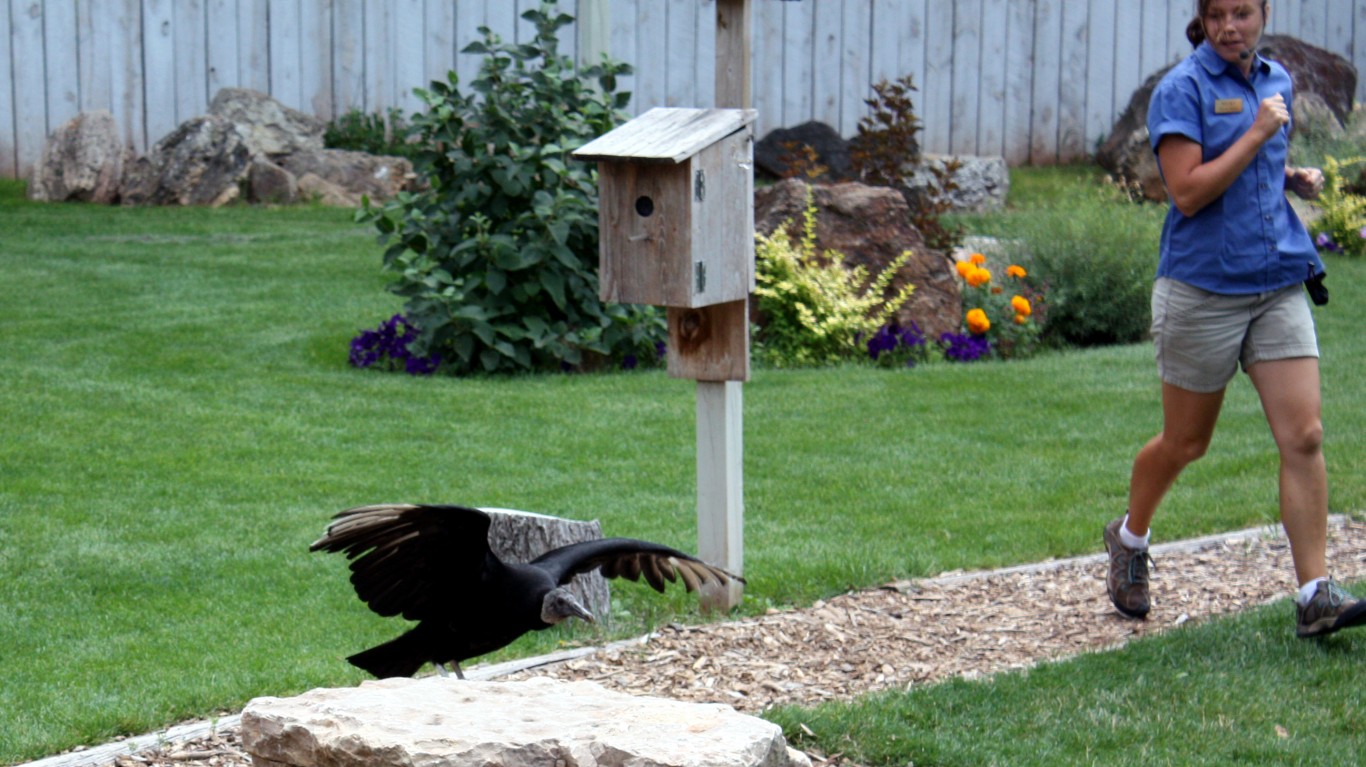
10. Reptile Gardens
> Location: Rapid City, South Dakota
Located just six miles south of Rapid City, Reptile Gardens is home to the largest collection of reptiles in the world, and is even recognized by the Guinness Book of World Records for the feat. Visitors can see everything from deadly snakes to tropical birds and giant tortoises and fierce alligators. In addition to the zoo, there is a botanical garden, and a three-level Sky Dome featuring an indoor jungle to explore. Founded in 1937, Reptile Gardens is still owned by the same family.
[in-text-ad]
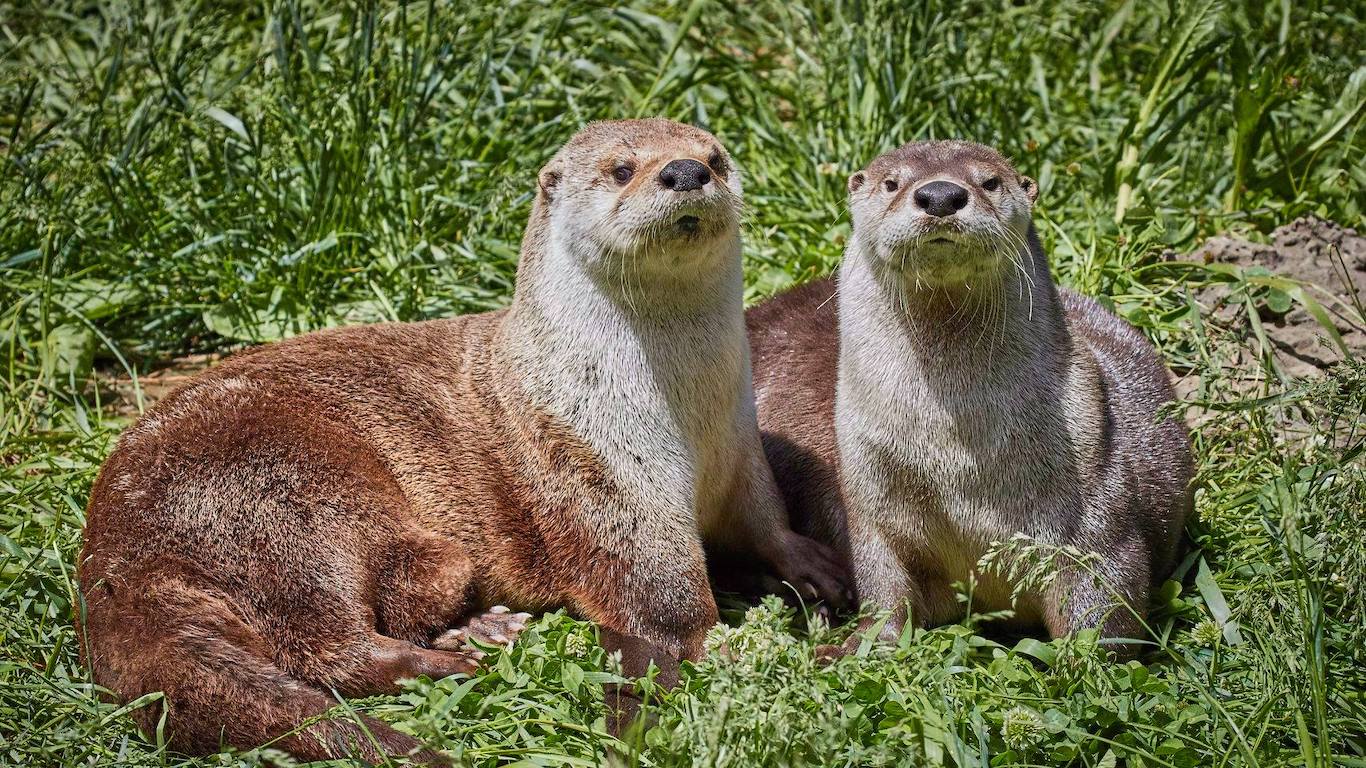
9. The High Desert Museum
> Location: Bend, Oregon
With both indoor and outdoor exhibits, from animals to interactive history, the High Desert Museum is one of central Oregon’s must-see attractions. Located five minutes south of Bend, Oregon, the museum is spread out on 135 wooded acres, including a 100,000-square-foot exhibit space. Visitors can start with the native wildlife, which includes otters, porcupines and reptiles, and in the summer, birds of prey during the Raptors of the Desert Sky daily flight program. Beyond the animals there are Western art and Native American collection that allows visitors to learn more about the region and its history.
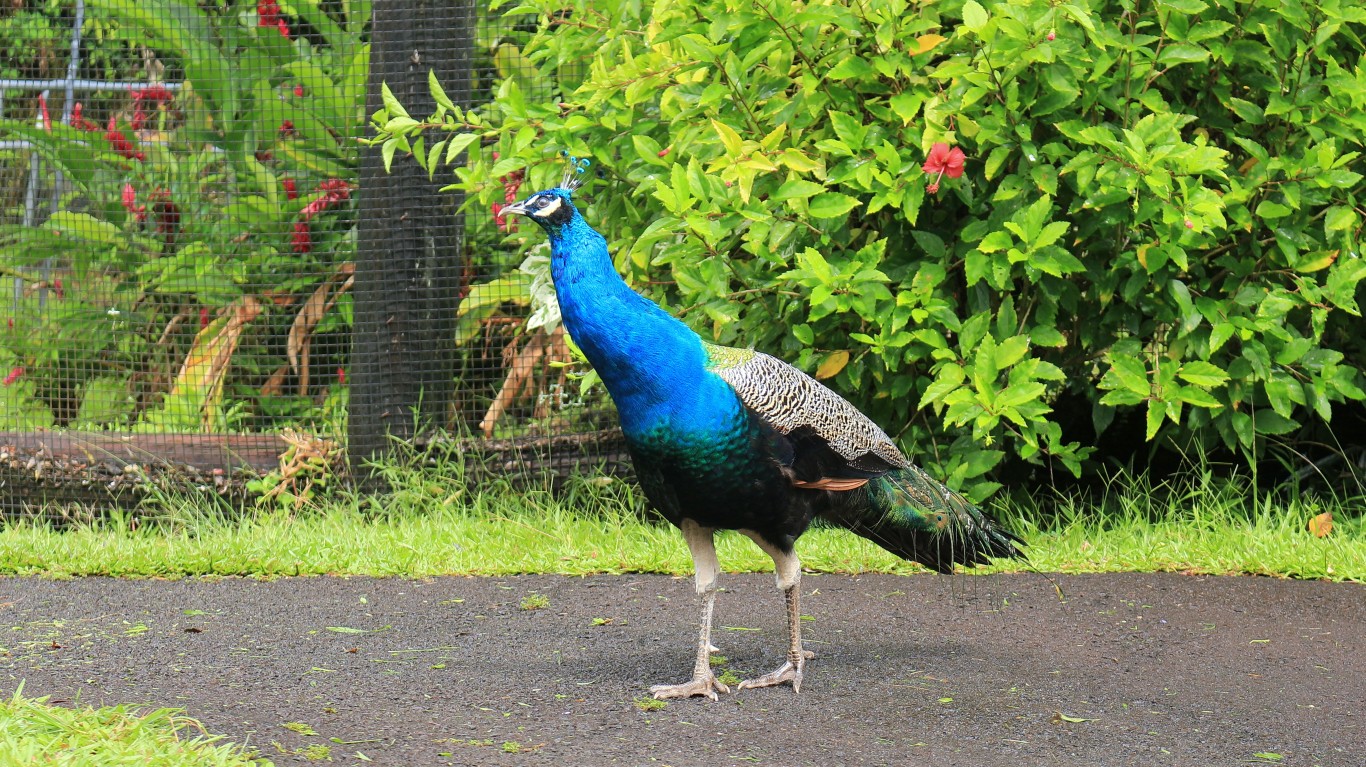
8. Pana’ewa Rainforest Zoo & Gardens
> Location: Hilo, HI
Located in Hilo on the Big Island of Hawaii, Pana’ewa Rainforest Zoo is the only natural tropical rainforest zoo in the United States. This 12-acre zoo is designed to blend with the natural vegetation of the Pana’ewa Forest Reserve, and features a variety of rainforest animals and endangered Hawaiian animals. It’s home to more than 80 animal species, including the endangered ‘Io (Hawaiian Hawk), Pueo (Hawaiian Owl) and the state bird, Nene, as well as giant anteaters, american alligators, bengal tigers and more. Visitors also can take a stroll along its beautiful paths, where there are over 100 types of palm trees.
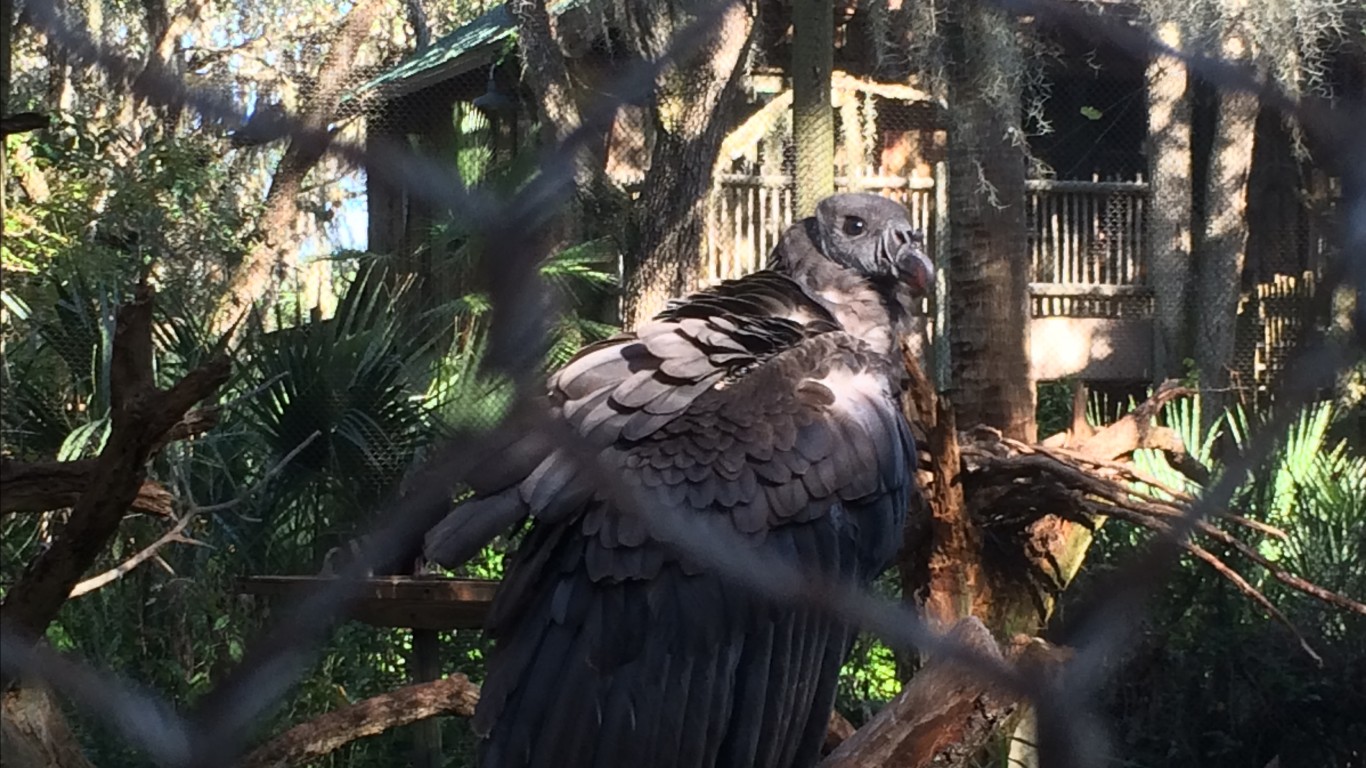
7. Brevard Zoo
> Location: Melbourne, Florida
With a mission of “‘wildlife conservation through education and participation,” the
Brevard Zoo may be small, but it’s still one of the country’s top zoos. Home to nearly 150 animals, it offers visitors plenty of activities, especially for those that love to interact with animals. Animal lovers can feed giraffes or exotic birds, and take a kayak tour to check out lemurs. For daredevils, there is also the Treetop Trek, an aerial climbing experience, and zip lining.
[in-text-ad-2]
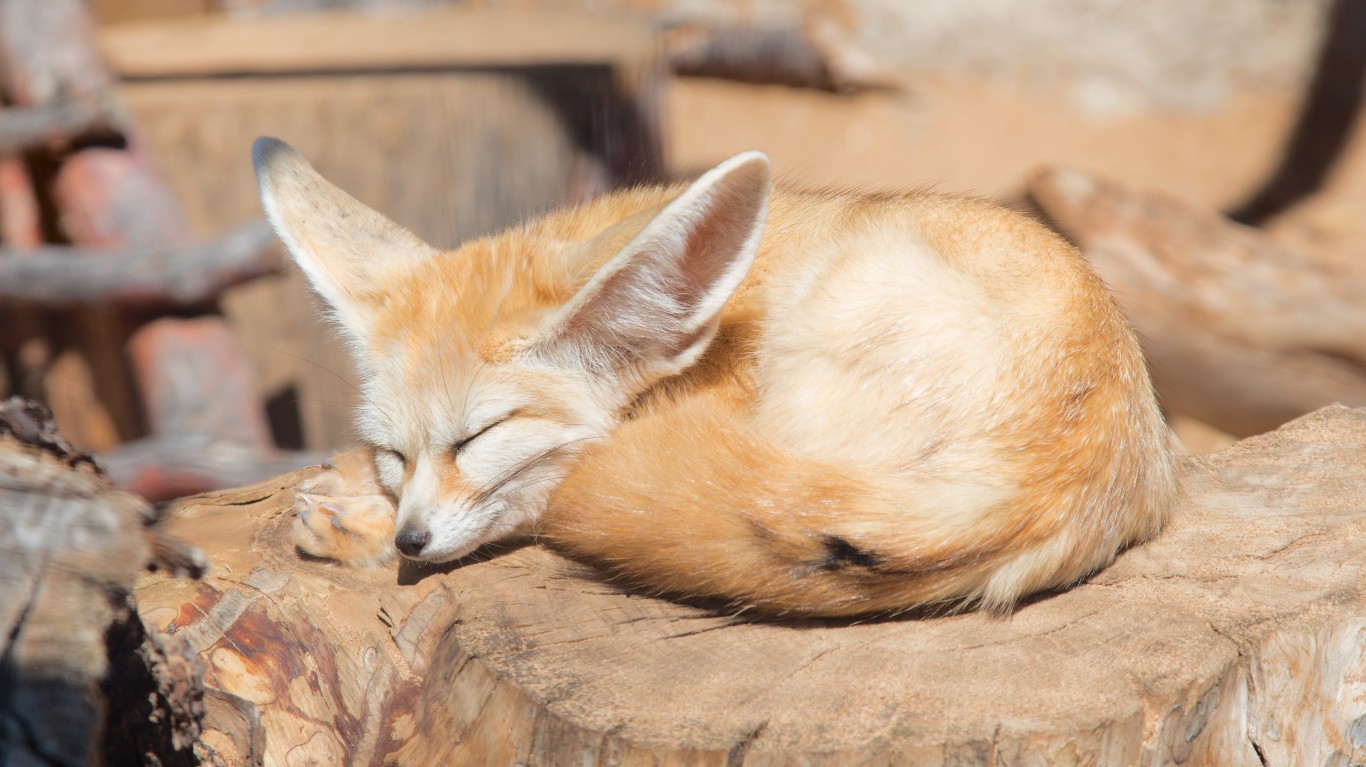
6. Orange County Zoo
> Location: Orange, California
Orange County Zoo, located inside Irvine Regional Park, focuses on animals and plants native to the southwestern United States. These include black bears, mountain lions, bald eagles, island foxes, red-tailed hawks, great horned owls, turkey vultures, coati, and more. The zoo also features a petting zoo with domestic animals such as goats, cheviot sheep, jacob sheep, pot-bellied pigs, doves, chickens and pheasants. Though only eight acres, the zoo is part of a large wilderness park and can be enjoyed with the Irvine Park Railroad, a 1/3 scale train that takes children and adults on a ride through the park.
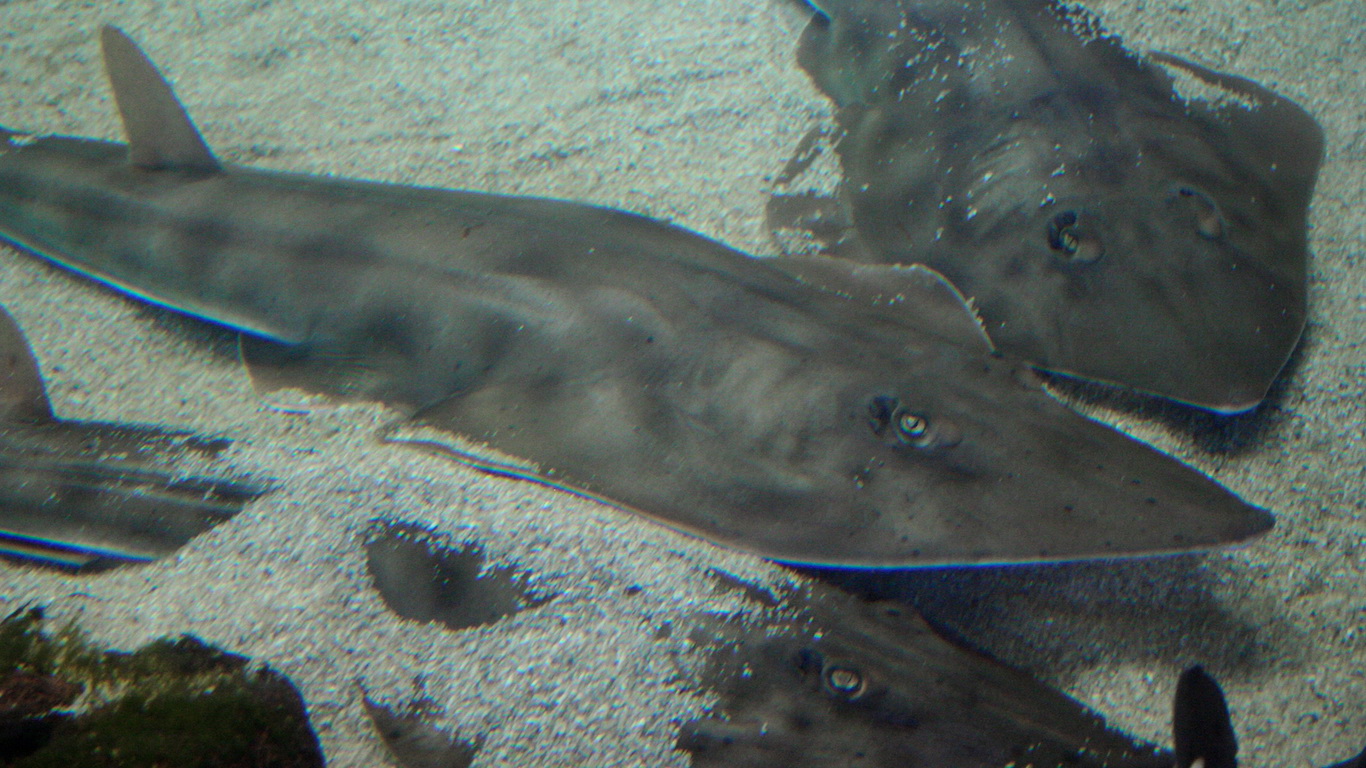
5. Living Coast Discovery Center
> Location: Chula Vista, California
This nonprofit zoo and aquarium is set on the Sweetwater Marsh National Wildlife Refuge and features more than 350 animal and plant species native to the San Diego Bay. Striving to educate visitors about coastal habitats and conservation, the Center is home to endangered sea turtles, shorebirds, hawks, owls, sharks, stingrays, jellies and more. It also educates with year-round wildlife day camps for kids and teens, interactive animal encounters and talks, critters and crafts programs, composting workshops, cleanups, walking trails through the wildlife refuge, teacher training, and more.
[in-text-ad]
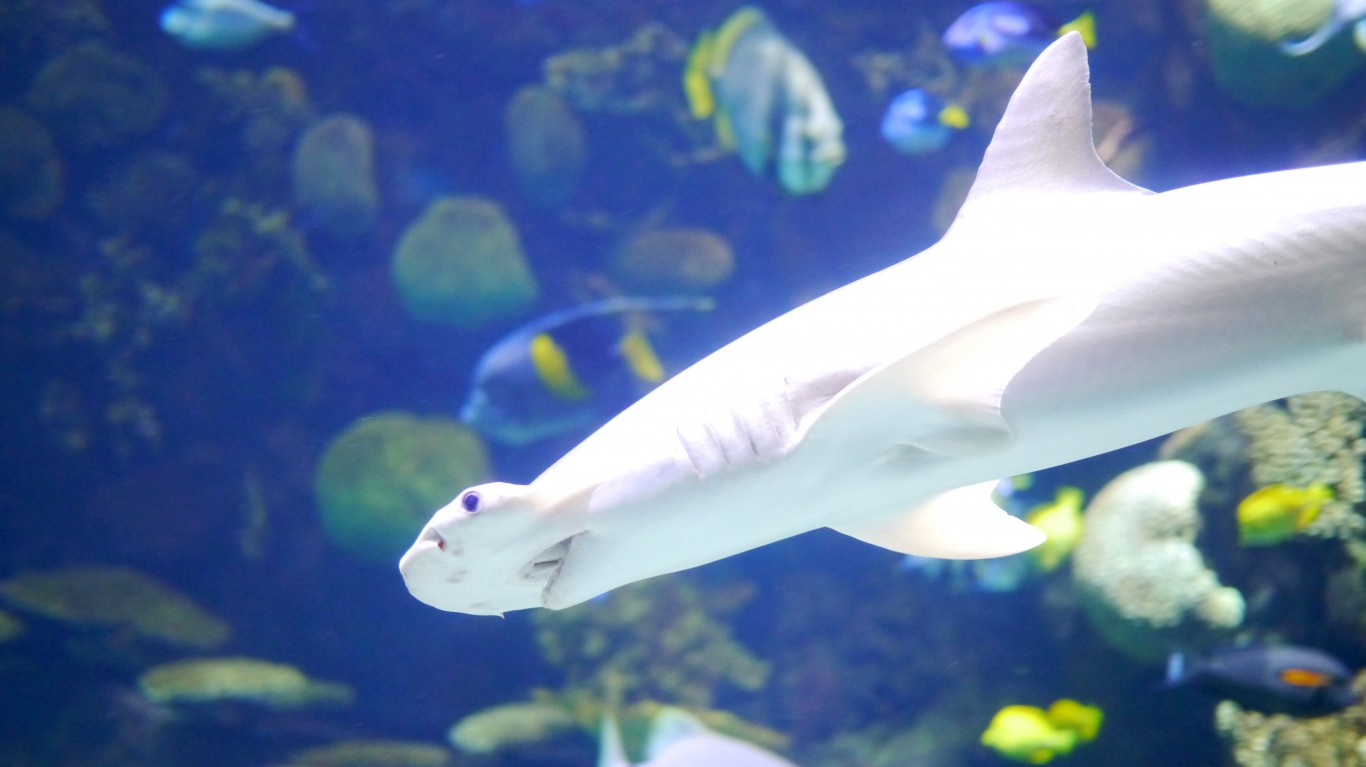
4. Columbus Zoo and Aquarium
> Location: Powell, Ohio
Even if you’ve never visited the Columbus Zoo, you may be familiar with its animals, thanks to
director emeritus Jack Hanna and his media appearances, and more recently the Nat Geo WILD reality show “Secrets of the Zoo,” which gives an all-access look at the zoo’s animals and staff. Home to more than 9,000 animals representing 650 species, the zoo is one of the top in the country because of its conservation efforts that include more than $1 million annually to support over 70 conservation projects worldwide. The facility also is notable for its 22-acre Zoombezi Bay water park, 18-hole Safari Golf Club, and Jungle Jack’s Landing amusement park.

3. Omaha’s Henry Doorly Zoo and Aquarium
> Location: Omaha, Nebraska
Taking up 160 acres, Omaha’s zoo features both the world’s largest indoor desert. It also boasts the largest aquarium inside a zoo. Though the zoo is ranked among the best in the country, one of its exhibits really stands out: Lied Jungle allows visitors to explore a natural rainforest environment in America’s largest indoor rainforest. The jungle features the sounds of waterfalls crashing and the rainforests of South America, Asia and Africa, with plenty of animals to go along with it — monkeys, tapirs, macaws, pygmy hippos, and more.
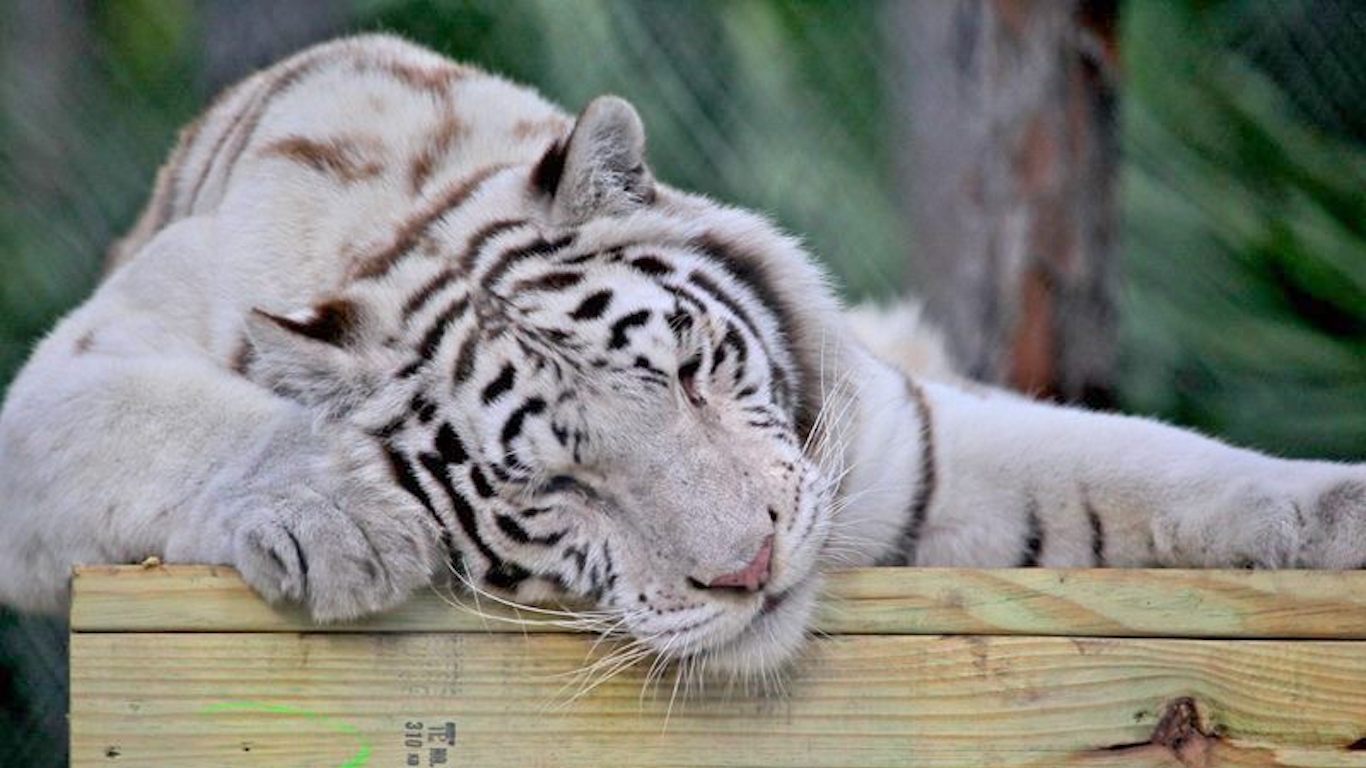
2. McCarthy’s Wildlife Sanctuary
> Location: West Palm Beach, Florida
Located on five acres in West Palm Beach, McCarthy’s Wildlife Sanctuary is home to over 170 native and exotic animals looking for a safe haven. Some of the animals have found their way to the rehabilitation facility because of neglect, abuse, or illegal possession, and others were donated by owners who could no longer care for them. These include foxes, tigers, lemurs and alligators, and birds such as pelicans, cranes and owls. Visitors, who require an advanced appointment, can tour the sanctuary and interact with several of the small animals, including a tortoise, parrot, kinkajou, alligator, snake and tarantula.
[in-text-ad-2]
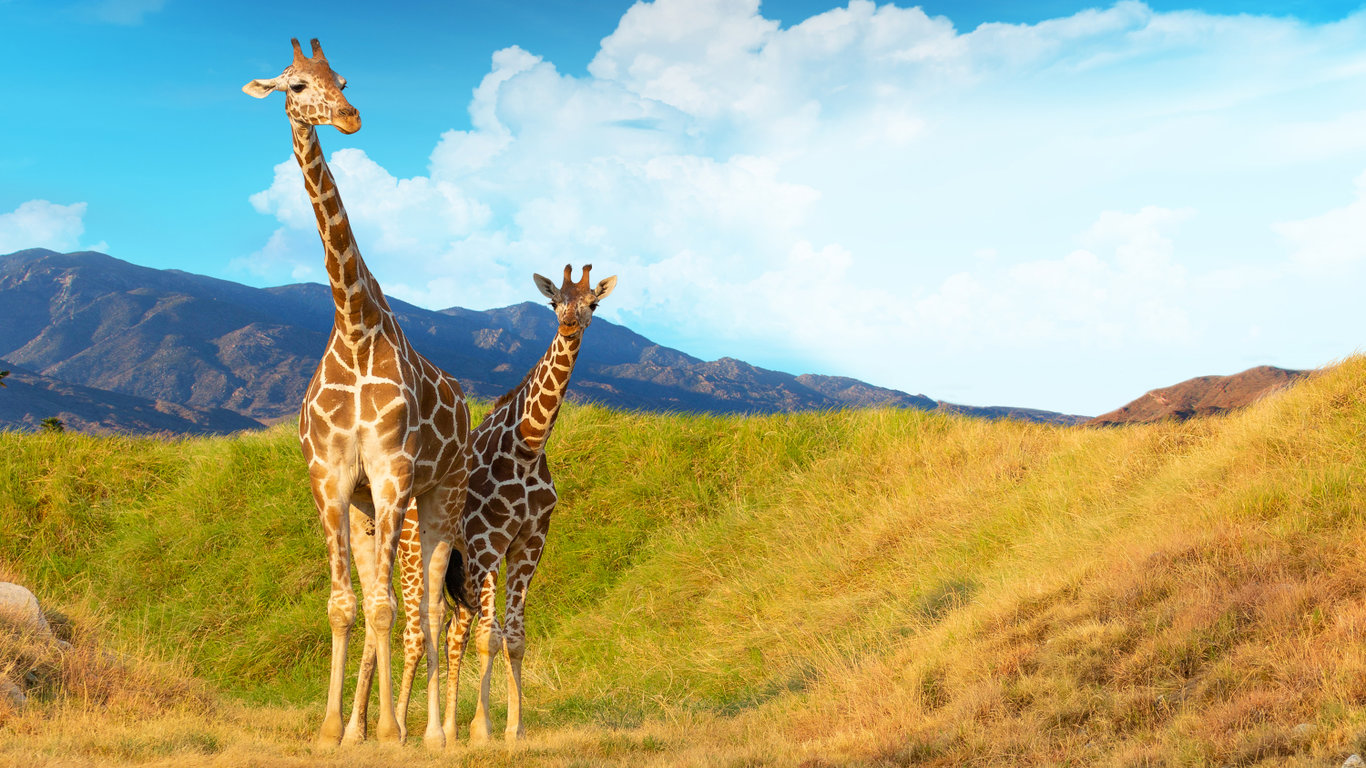
1. The Living Desert
> Location: Palm Desert, California
This 1,200-acre zoo and botanical garden located 15 miles east of Palm Springs specializes in desert animals and plants. The Living Desert features nature trails, animal shows, and a wildlife hospital. Visitors can experience over 1,600 species of plants and 140 species of animals from the deserts of North America and Africa, including giraffes, mountain lions, zebras and cheetahs, along with over 150 species of free-flying birds, and many species of butterflies and dragonflies. The botanical gardens also include 1,500 species indigenous to the arid areas of North America and Africa and geographic replicas of Baja California’s Viscaino Desert and the deserts of Madagascar. At the wildlife hospital, visitors can interact with staff while they’re helping animals. Children can enjoy the discovery center and desert play park, endangered species carousel, and G-scale garden railroad.
100 Million Americans Are Missing This Crucial Retirement Tool
The thought of burdening your family with a financial disaster is most Americans’ nightmare. However, recent studies show that over 100 million Americans still don’t have proper life insurance in the event they pass away.
Life insurance can bring peace of mind – ensuring your loved ones are safeguarded against unforeseen expenses and debts. With premiums often lower than expected and a variety of plans tailored to different life stages and health conditions, securing a policy is more accessible than ever.
A quick, no-obligation quote can provide valuable insight into what’s available and what might best suit your family’s needs. Life insurance is a simple step you can take today to help secure peace of mind for your loved ones tomorrow.
Click here to learn how to get a quote in just a few minutes.
Thank you for reading! Have some feedback for us?
Contact the 24/7 Wall St. editorial team.
 24/7 Wall St.
24/7 Wall St.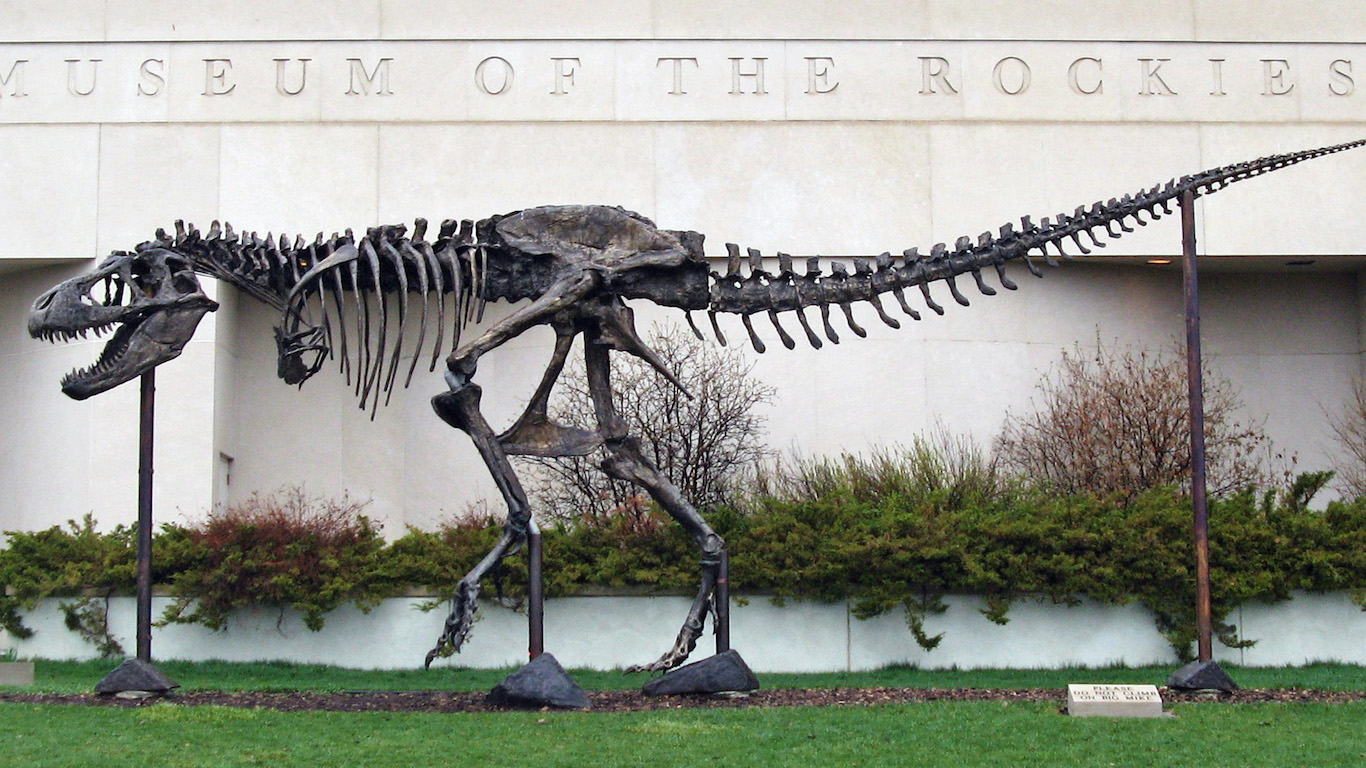 24/7 Wall St.
24/7 Wall St. 24/7 Wall St.
24/7 Wall St.


